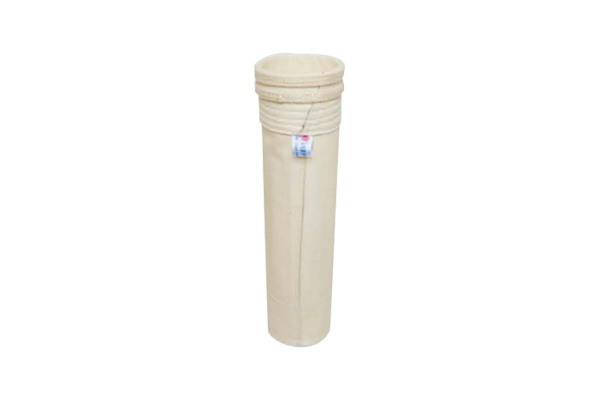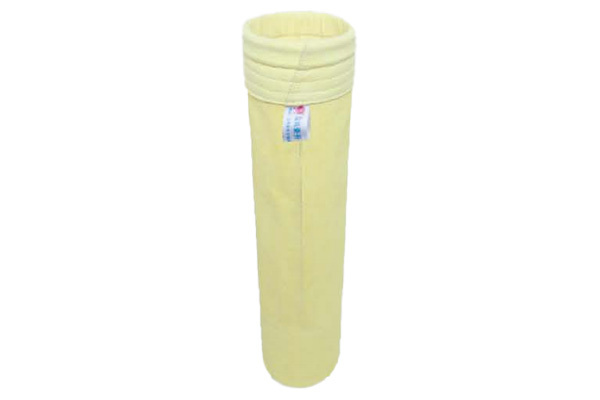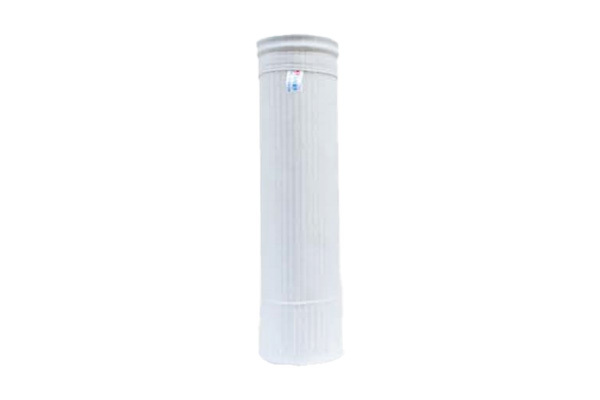How to Properly Maintain Your PPS PTFE Composite Filter Bags for Optimal Performance
Release time:
2025-05-31
How to Properly Maintain Your PPS PTFE Composite Filter Bags for Optimal Performance Table of Contents 1. Introduction to PPS PTFE Composite Filter Bags 2. The Importance of Maintaining Filter Bags 3. Understanding PPS PTFE Composite Materials 4. Regular Inspection: The First Step to Maintenance 5. Effective Cleaning Methods for Filter Bags 5.1 Mechanical Cleaning Techniques
How to Properly Maintain Your PPS PTFE Composite Filter Bags for Optimal Performance
Table of Contents
- 1. Introduction to PPS PTFE Composite Filter Bags
- 2. The Importance of Maintaining Filter Bags
- 3. Understanding PPS PTFE Composite Materials
- 4. Regular Inspection: The First Step to Maintenance
- 5. Effective Cleaning Methods for Filter Bags
- 6. Performance Testing: Ensuring Efficiency
- 7. Replacement Timelines for Filter Bags
- 8. Common Issues and Troubleshooting Tips
- 9. Frequently Asked Questions (FAQs)
- 10. Conclusion
1. Introduction to PPS PTFE Composite Filter Bags
PPS PTFE composite filter bags are fundamental components in dust collection systems used across various industries. Their robust design and exceptional resistance to high temperatures and chemicals make them ideal for filtering particulate matter and pollutants. However, like all industrial equipment, their performance can be compromised if not properly maintained. Understanding the nuances of maintaining these filter bags can significantly enhance their longevity and efficiency.
2. The Importance of Maintaining Filter Bags
**Proper maintenance** of PPS PTFE composite filter bags is crucial for several reasons:
- **Enhanced Filtration Efficiency**: Regular maintenance ensures that the filter bags operate at peak performance, effectively capturing particles without causing airflow restrictions.
- **Cost Savings**: By prolonging the life of filter bags through proper care, companies can reduce replacement costs and downtime associated with frequent bag changes.
- **Compliance with Regulations**: Many industries must adhere to environmental regulations that mandate the efficient removal of pollutants. Well-maintained filter bags assist in meeting these standards.
- **Preventing Equipment Damage**: Clogged or damaged filter bags can lead to system failures, causing potential damage to other components within the filtration system.
3. Understanding PPS PTFE Composite Materials
PPS (Polyphenylene Sulfide) and PTFE (Polytetrafluoroethylene) are both high-performance materials known for their durability and resistance. When combined, they create a composite that withstands extreme conditions, making it suitable for challenging applications.
- **PPS** is recognized for its chemical resistance and thermal stability, while **PTFE** offers excellent non-stick properties and high-temperature tolerance. Together, they provide a filtration solution that excels in environments with harsh chemical exposure and high thermal loads.
4. Regular Inspection: The First Step to Maintenance
**Regular inspections** are a cornerstone of effective maintenance for PPS PTFE composite filter bags.
- **Frequency**: It is advisable to inspect filter bags at least once a month, or more frequently in environments with high levels of dust or contaminants.
- **Visual Checks**: Look for visible signs of wear, such as tears, holes, or abnormal bulging. Any physical damage compromises filtration efficiency and requires immediate attention.
- **Performance Metrics**: Monitoring pressure drop across the filter bags can indicate their condition. An increase in pressure drop often signifies clogging or damage, necessitating further investigation.
5. Effective Cleaning Methods for Filter Bags
Cleaning filter bags is vital for maintaining their efficiency. Two primary cleaning methods are commonly employed:
5.1 Mechanical Cleaning Techniques
Mechanical cleaning involves the physical removal of dust and debris accumulated on the filter surface.
- **Pulse Jet Cleaning**: This method utilizes bursts of air to dislodge particles from the filter bags. Regular pulsing maintains airflow and prevents excessive dust buildup.
- **Shaking or Vibration**: Some systems incorporate shaking mechanisms to dislodge collected dust, ensuring continuous performance without manual intervention.
5.2 Chemical Cleaning Solutions
In cases where mechanical cleaning is insufficient, **chemical cleaning solutions** can be utilized.
- **Appropriate Chemicals**: Use chemicals specifically designed for PPS PTFE composite materials to avoid degradation. Solutions that break down oily or sticky residues are particularly effective.
- **Follow Manufacturer Guidelines**: Always adhere to the manufacturer's cleaning recommendations to ensure safe and effective maintenance.
6. Performance Testing: Ensuring Efficiency
After cleaning, it’s essential to conduct **performance testing** to verify that the filter bags are functioning properly.
- **Pressure Drop Testing**: Measure the pressure drop across the filter bags before and after cleaning. A consistent or reduced pressure drop indicates effective cleaning.
- **Particle Size Analysis**: Testing the size and concentration of particles captured can help determine the filtration efficiency and the filter bag's overall condition.
7. Replacement Timelines for Filter Bags
Understanding when to replace your filter bags is critical for maintaining optimal performance.
- **Manufacturer Recommendations**: Refer to the manufacturer's guidelines regarding the expected lifespan of the filter bags, usually ranging from 1 to 3 years based on usage.
- **Signs of Wear**: Frequent inspections should inform you of any wear or damage. If bags show signs of deterioration or if pressure drop consistently increases despite cleaning, it may be time for replacement.
8. Common Issues and Troubleshooting Tips
As with any filtration system, users may encounter issues that require troubleshooting:
- **Increased Pressure Drop**: This may indicate clogging or physical damage. Inspect for tears or perform cleaning if no visible damage is found.
- **Frequent Bag Failure**: If bags are failing prematurely, review the operating conditions. Excessive temperatures or chemical exposure may necessitate a review of material compatibility.
- **Poor Filtration Performance**: If the bags are not capturing particles effectively, check for proper installation and ensure there are no bypass leaks.
9. Frequently Asked Questions (FAQs)
1. How often should I inspect my PPS PTFE composite filter bags?
It is recommended to inspect your filter bags at least once a month to ensure optimal performance.
2. Can I use any cleaning solution for my filter bags?
No, use only cleaning solutions recommended for PPS PTFE materials to avoid damage.
3. What are the signs that my filter bags need replacement?
Visible tears, increased pressure drop, or poor filtration performance are key indicators for replacement.
4. Can I clean filter bags myself?
Yes, but ensure you follow proper cleaning procedures and use appropriate methods for the best results.
5. What is the typical lifespan of PPS PTFE composite filter bags?
The lifespan can range from 1 to 3 years, depending on operational conditions and maintenance practices.
10. Conclusion
Maintaining your PPS PTFE composite filter bags is not merely a routine task; it is a vital aspect of ensuring operational efficiency and compliance in industrial settings. By implementing regular inspections, effective cleaning methods, and timely replacements, you can significantly extend the lifespan of your filtration system. Adopting these practices will not only improve filtration performance but also contribute to cost savings and regulatory compliance. Prioritize the maintenance of your filter bags today to ensure a cleaner, safer, and more efficient working environment.
latest News










